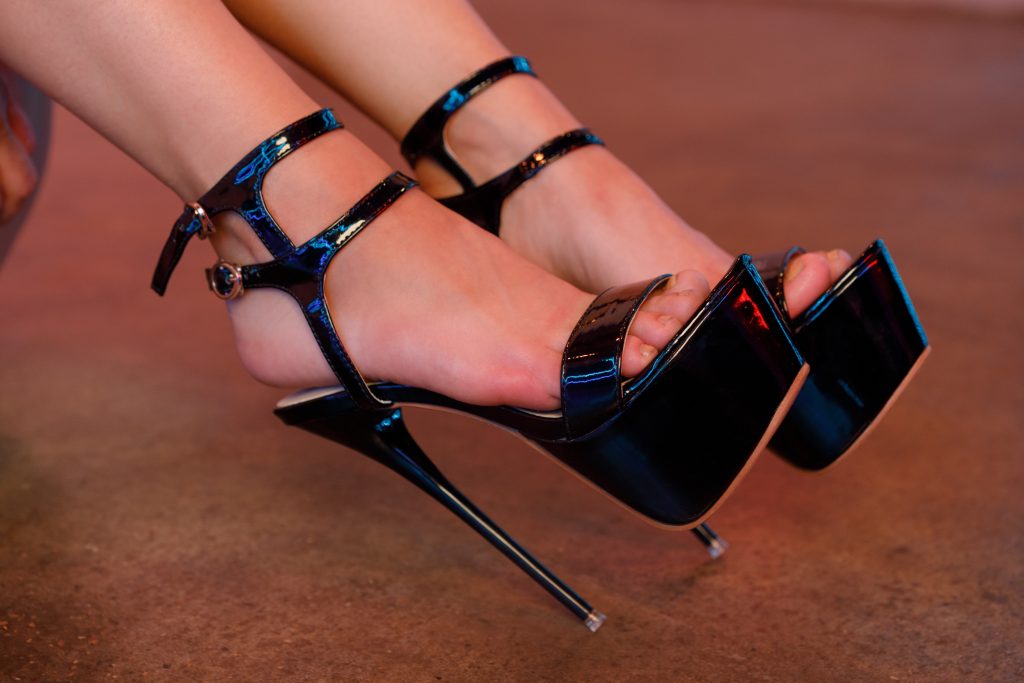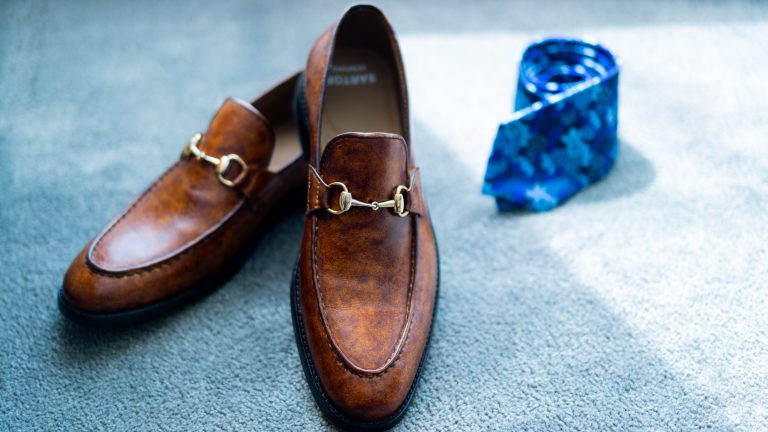What’s Better: Flat Feet or Curved? | 2023
Introduction: Understanding the Debate
What’s Better: Flat Feet or Curved? In the realm of foot anatomy, a recurring debate centers around the shape of our feet: flat or curved. Both have their unique characteristics, advantages, and potential drawbacks. In this article, we delve into the intricacies of flat feet and curved feet, exploring their differences and determining which might be better for overall health and functionality.
Understanding Flat Feet
What’s Better: Flat Feet or Curved?
Flat feet, scientifically known as pes planus, are characterized by the lack of a noticeable arch. Individuals with flat feet have their entire sole touching the ground when standing. This condition is generally caused by genetics, weak arch development during childhood, or injury.
Pros of Flat Feet:
- Natural Shock Absorption: Flat feet provide natural shock absorption due to a larger surface area in contact with the ground.
- Stability: Flat feet offer enhanced stability, making them advantageous for certain physical activities.
Cons of Flat Feet:
- Potential Discomfort: Flat feet might lead to discomfort or pain, especially during prolonged periods of standing or walking.
- Higher Risk of Overpronation: Overpronation, an inward rolling of the ankle, is more common in individuals with flat feet, potentially causing misalignment issues.
Exploring Curved Feet
Curved feet, or feet with a noticeable arch, are the more common foot type. The arch in the middle of the foot serves as a natural shock absorber and provides a balanced distribution of body weight.
Pros of Curved Feet:
- Effective Shock Absorption: The arch in curved feet acts as a natural shock absorber, reducing the impact on joints during activities.
- Lower Risk of Overpronation: Individuals with curved feet have a lower risk of overpronation, promoting proper alignment and reducing the risk of injuries.

Cons of Curved Feet:
- Potential Strain: People with highly arched feet might experience strain on the arch and heel, leading to discomfort.
- Reduced Surface Area: The smaller surface area in contact with the ground can reduce stability, especially on uneven surfaces.
Making the Choice: Which Is Better?
The question of whether flat or curved feet are better ultimately depends on individual factors such as lifestyle, activity level, and any existing health conditions. For some, flat feet might provide stability and shock absorption, while others might benefit from the arch support in curved feet. It’s essential to consult a healthcare professional or a podiatrist to understand your specific needs.
Conclusion: Embracing Foot Diversity
In the grand debate of flat feet versus curved feet, there is no definitive winner. Both foot types have their advantages and disadvantages, catering to various needs and preferences. Embracing our unique foot anatomy and addressing specific concerns through proper footwear or orthotics ensures that we can lead active, healthy lives regardless of our foot shape.
FAQs:
1. Is it possible to change from flat feet to arched feet?
Changing the natural shape of your feet is challenging and might require extensive medical intervention. It’s advisable to consult a podiatrist for personalized guidance.
2. Can flat feet cause back pain?
Flat feet can lead to misalignments in the lower body, potentially causing back pain. Proper footwear and exercises can help alleviate discomfort.
3. Are there specific exercises to strengthen flat feet?
Yes, certain exercises can help strengthen the muscles in the feet and improve arch support. Consult a physical therapist or podiatrist for tailored exercise routines.
4. Are custom orthotics necessary for flat feet?
Custom orthotics can provide additional arch support and enhance comfort for individuals with flat feet. A podiatrist can assess and recommend suitable orthotic options.
5. Can high-arched feet be a cause of balance issues?
High-arched feet, due to reduced surface area in contact with the ground, might pose balance challenges. Balance exercises and proper footwear can help mitigate these issues.




Leave a comment